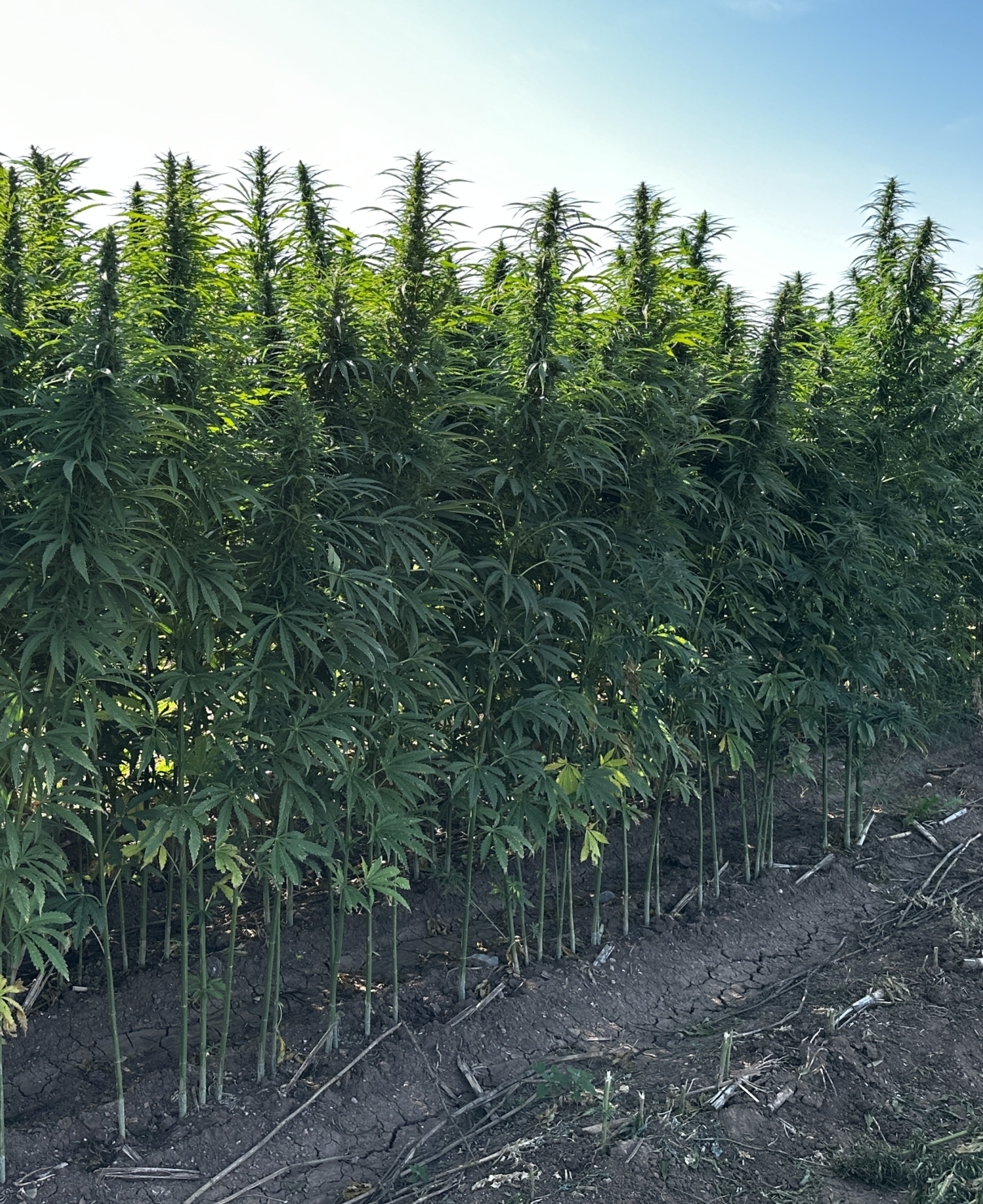General company updates.
Quality Certified Seed Lots
Quality, Certified Seed Lots NWG’s Certified seed production encompasses many steps. This process begins by paying close attention to the weather at harvest time, having adequate drying equipment, and cleaning to strict specifications, even if it means a higher rate of “clean-out” or yield reduction. We then follow up with rigorous testing of every single seed lot. This quality control and certification process ensures only the best seed makes it to your fields. Seed Cleaning Producing high-quality seed is a meticulous process involving several crucial steps. Through rigorous cleaning techniques, such as air-screening and gravity separation, impurities and unwanted debris are effectively removed, ensuring a much cleaner product that advances to the next stage. Once the seeds are cleaned, they undergo a rigorous conditioning process. Conditioning enhances the seed's viability and vigor, ensuring optimal germination rates and robust plant growth. This involves carefully controlling factors like temperature, humidity, and moisture content. Subjecting the seeds to these optimum conditions further improves their high performance, setting the stage for successful crop production. See the video below of our seed cleaning and conditioning in action Quality Assurance Certification plays a pivotal role in maintaining the integrity and reliability of high-quality seed. Certified seed goes through stringent third-party testing to meet specific quality standards. These standards include purity, germination rates, and freedom from weed seeds and invasive species. Certification gives farmers peace of mind that they can confidently rely on the quality and performance of the seed they purchase, ultimately [...]


